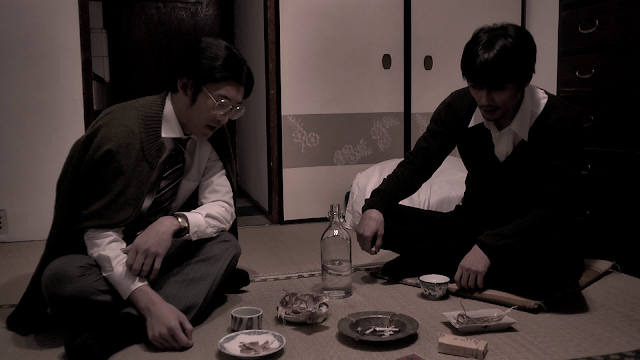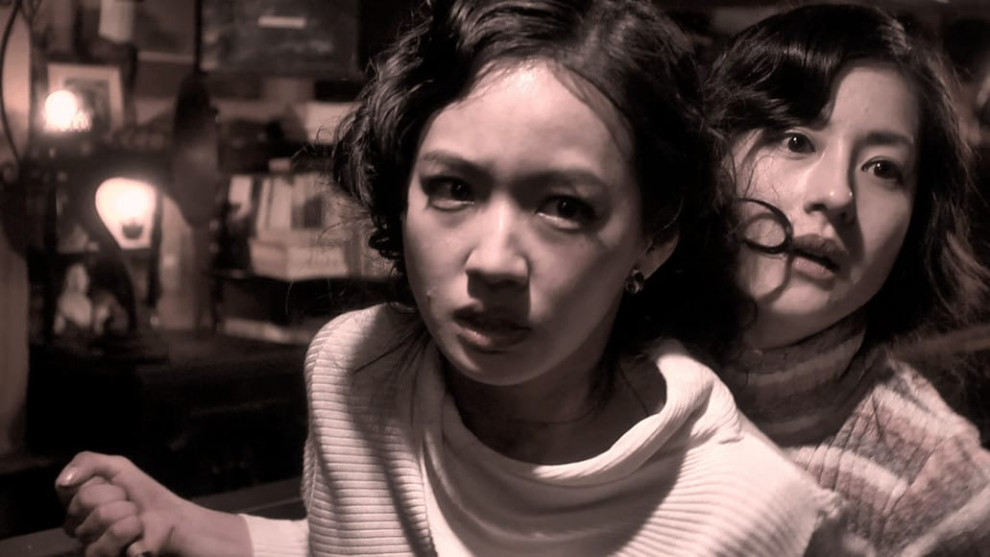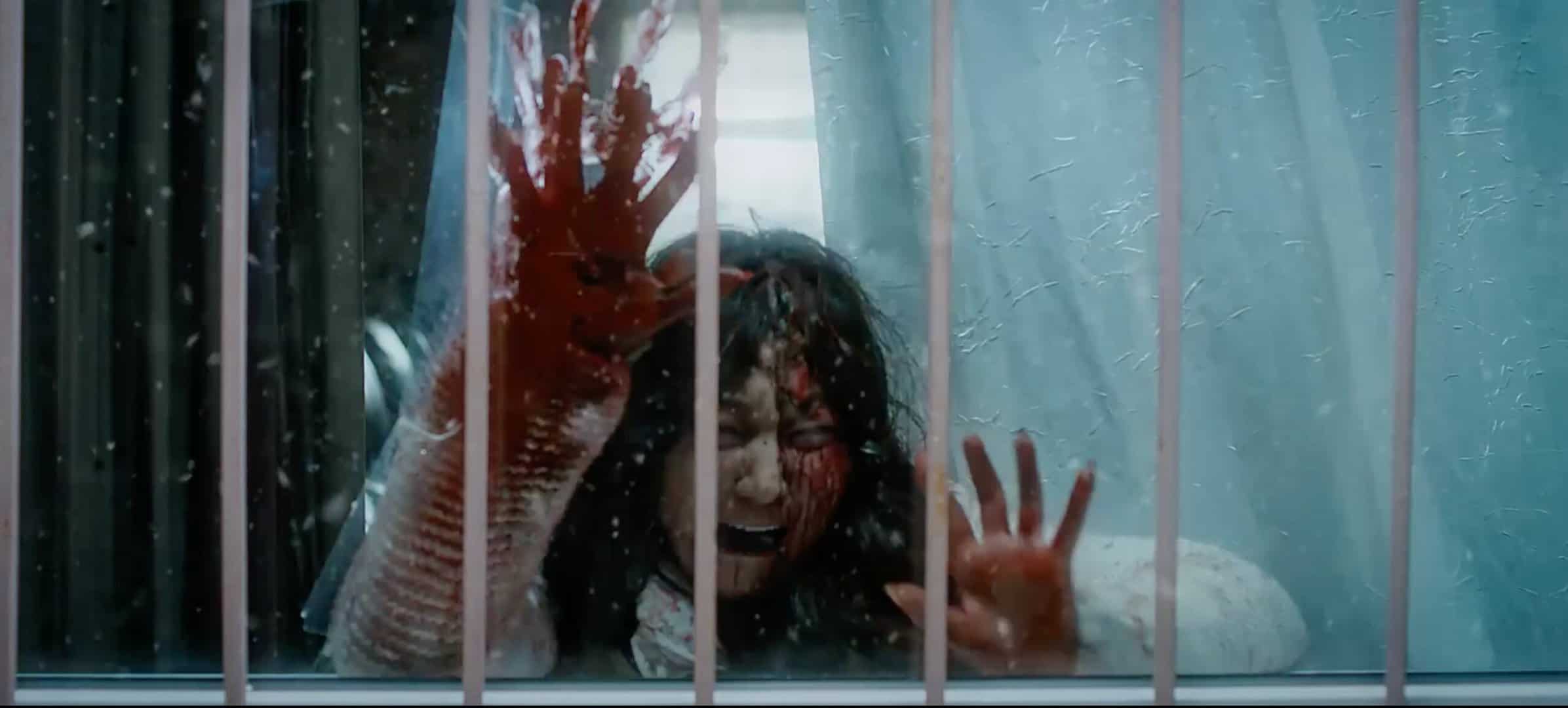The Crawler in the Attic” needs to be situated within the recent resurgence in interest in Japanese eroductions especially in the West, which are the carnal successors of the vengeful ghost film whose popularity has waned in recent years. Japanese eroductions are either low budget independent pink films (pinku eiga) or higher budgeted mainstream soft core sex films. The success of Nikkatsu's recent revival of ‘Roman Porno' (2015-2017) on the international film festival circuit is evidence of the international interest in Japanese eroductions. Even a cursory glance at Amazon's listing of Japanese films shows a number of pink films – with a running time of between 40 and 50 minutes – distributed and/or produced by Cinema Epoch, Pinku America and Pink Eiga Inc (an L.A. based production company).
“The Crawler in the Attic” is based upon the novella ‘The Stalker in the Attic' by Edogawa Rampo. Rampo (sometimes written as Ranpo) is one of Japan's most famous authors and the father of Japanese detective fiction as well as one of the key writers of ero-guro (erotic grotesque). There have been a number of adaptations of ‘The Stalker in the Attic', most of which focus on sexual perversion rather than the deduction strand of the original story: the most noted of which is Nobou Tanaka's “The Watcher in the Attic” (1976), which is part of Nikkatsu's original roman porn cycle. The original story tells the exploits of an unnamed protagonist – the narrator – who is so consumed by boredom that he wanders the streets in disguise hoping to stumble on something to relieve his ennui. The narrator then moves into a boarding house where, to his delight, he discovers that he can spy on the other tenants through a gap in the floorboards of the attic room.
“The Crawler in the Attic”, as in all the versions I have seen, dispenses with the back-story and instead concentrates on events in the boarding house and focalise the narrative around the antics of the ‘stalker'. In this version, a private detective, Akechi Kogoro (Kusano Kouta) is commissioned by a young woman, Naoko (Yuki Mamiya), to discover whether her fiancé, Endo (Fuchikami Yasushi), is having an affair with Teruko (Kijima Noriko), a beautiful young college student. The ‘watcher' in the attic is Goda Saburo (Kawai Ryunosuke), who lives in the same boarding house as Teruko, and from his vantage point in the attic spies on Teruko's illicit liaisons with Endo. One day, Endo is found dead and it is up to the brilliant Akechi and his wife to discover whether Endo was murdered and if so, who by?
“The Crawler in the Attic”, like Rampo's original story, is about male voyeurism and desire. On the cinema screen, however, this voyeurism has considerable more frisson than on the page. As spectators, we are all voyeurs, watching events unfold on the screen from a [safe] distance. Here, as often is the case in Japanese eroductions, the spectator is figured as male and the gaze as sadistic, which mirrors the sometimes problematic scenes of sadomasochistic play between Endo and Teruko: a case in point is when Endo hits Teruko so hard across the face that she bleeds. The issue of consent is always a tricky one in Japanese cinema, especially given that there are a significant number of eroductions and horror films with rape in the title or which use rape as a key narrative device.

The use of shadow and light combined with an almost absence of colour, with the exception of the sex scenes, which imbues the narrative with an Asian noir sensibility. However, unlike most Asian noir films, “The Crawler in the Attic” moves from a noir narrative into a classical deduction narrative rather than the other way around. The minimalist soundtrack with its emphasis on ambient noise and the use of traditional Japanese instrumentation conveys a sense of stillness and ambiguity similar to that used by Japanese art cinema of the 1960s. While Yuki Mamiya plays the role of the young ingénue well and Kusano Kouta is suited to the role as the brilliant detective Akechi, it is Fuchikami Yasushi as the increasingly tormented lothario who stands out.
Even though “The Crawler in the Attic” had no subtitles and I only understand rudimentary Japanese, I really enjoyed the film. Shoji Kubota manages to bring new life to what is one of the quintessential Japanese eroductions. The cinematography, music, editing and acting bring to life Rampo's tale of deviant behaviour and murderous intent in what is never salacious, although not unproblematic in places, 21st century roman porno.















